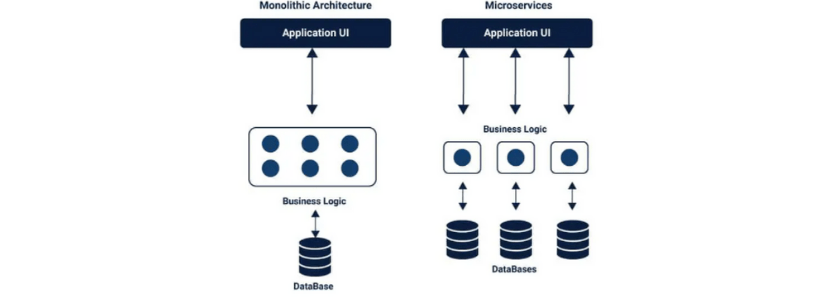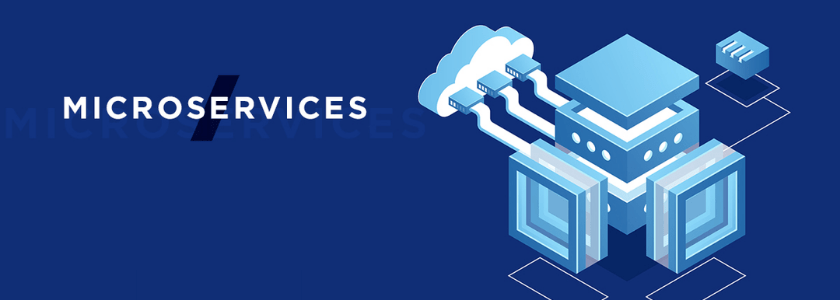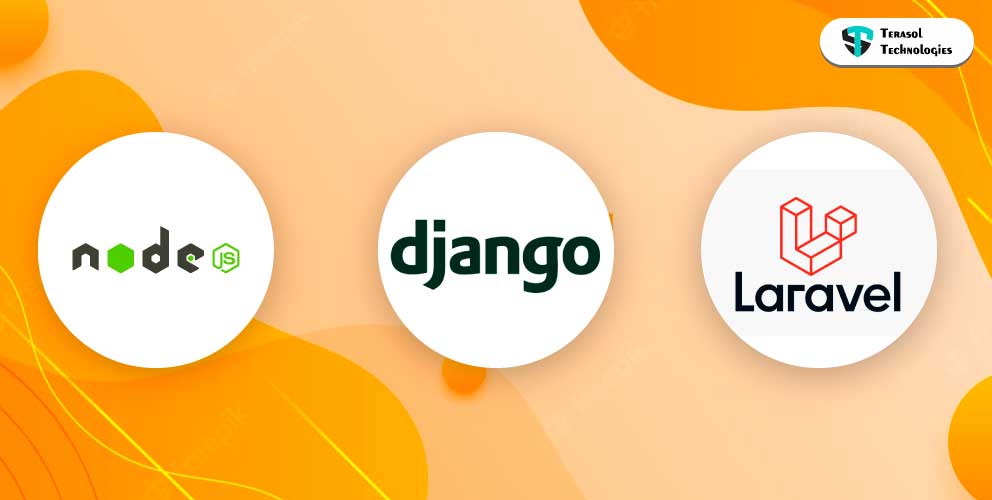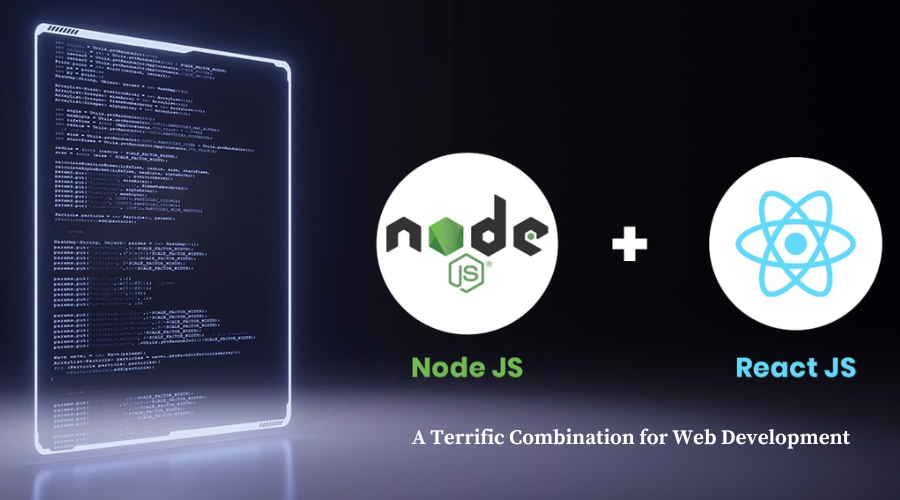Exploring Nodejs Microservices: Benefits & 6 Best Practices
When you want to create a real-world application with JavaScript, you'll require dynamic programming.
New features and updates are introduced, and you must repair issues to keep the code up to date. It necessitates the addition of new developers to the project, which becomes complicated. The application's structure of modules and packages prevents it from being downsized and simplified.
To make the application run smoothly, the vast, homogeneous structure must be broken down into small, self-contained applications.
So to solve this, JavaScript applications are based on microservices. Such difficulties are easily overcome, especially with the NodeJS ecosystem.
Uber, Netflix, Amazon, eBay, Groupon, and a slew of other well-known companies have all adopted to Nodejs microservices.
Before jumping into Microservices With NodeJS, let's first see what is Microservices.
What is Microservice Architecture?
Microservices or Microservice architecture is a type of service-oriented architecture (SOA) in software application development where the app is built from a collection of interconnected services. Microservices decompose the app into smaller services, allowing for greater modularity.

Consider an application to be a store. Consider your favorite big-box retailer, which sells everything from apparel to furniture. Applications are generally "monolithic," which means they are created as a single, autonomous unit. The entire unit is contained within it.
For example,
Assume that a person, whom I'll call Chris, is entering the Walmart to purchase noodles and t-shirts. He can acquire a shopping cart to transport his goods, browse products in different aisles, and pay at the check stand before leaving. The store provides everything he needs. These may equally well be parts of an online retail application.
All of this is done in one process, so if the store grows in popularity and one wants to expand, they'll have to add more pieces to the same unit or, in the case of the online store, additional servers to scale it out.
As a result, any modification (even a tiny change) in our store (physical or online) can delay the system's overall impact. So scaling individual functionalities or components of an application entails scaling the entire system.

With Microservices you can create an app with higher flexibility, scalability, continuous development, systematic data organization, time optimization, and dependability. The application development process becomes more nimble, and continuous testing issues are reduced.
Microservices are unaffected by the framework, approach, or programming language used to create them.
What are the advantages of implementing Nodejs microservices?
Well, there are several obvious, concrete advantages to using Nodejs microservice architecture for custom mobile app development services, which we'll go through below.
Better organization: A well-structured program is easier to understand, which makes it easier to create and deploy new features.
Vendor lock-in is resisted: Depending on the problem, multiple Nodejs microservices inside the same bigger application can be constructed using different programming languages, ensuring that you're never stuck with a subpar solution indefinitely.
Improved performance: Because each microservice only performs one task, they are simple to adjust and optimize for maximum efficiency.
Fewer errors: Microservices are little chunks of technology that are easy to maintain error-free. Looking for bugs in a monolith is similar to reading Moby Dick: rewarding, but time-consuming.
Scalability: A monolithic application is essentially a massive blob of tightly connected code. The situation is significantly easier with Nodejs microservices. It becomes quite evident which microservice architecture are the bottlenecks, making it much easier to get them to accommodate increased demand.

The relation between NodeJS and microservices
The relationship between NodeJS and microservice architecture is extremely strong. Node was built specifically to enable the development of microservice-based apps easier. Its name was chosen to emphasize this link: it's meant to express the idea that Node apps should be made up of several small distributed nodes that communicate with one another to function.
To put it another way, Node.js development and microservice architecture are like peanut butter and jelly - they were designed for each other.
Why use Microservices with NodeJS?
NodeJS is well suited for microservices. NodeJS is super fast while execution, single-threaded, event-driven, highly scalable, with asynchronous libraries, and also buffers less.
You will be able to witness some clear advantages by employing modern software development approaches and technologies like Microservice and NodeJS in app development, and those benefits are listed below:
Effortless Development
Large-scale systems are challenging to understand, conceptualize, build, and sustain because they are complicated. With NodeJS microservices, it would be exceedingly simple to update, deploy, and manage the system if you split it into smaller, independent components using microservices.
Cost-effective and faster time to market
Node.js is highly suited for microservice architecture, allowing developers to build small components that smoothly fit into a continuous delivery pipeline to expedite an app's time-to-market.
NodeJS Microservices allows you to scale only what is required, saving time and effort and, as a result, money.
Node has a built-in webserver
A web server is included with JavaScript. You won't need to deal with another Nginx or Apache instance. As Node, you can also say goodbye to things like FPM. js is a single-threaded language.
Simple Updates and maintenance
Node.js takes a modular approach to application development, allowing developers to make use of microservice architecture for quicker, easier, and incremental upgrades.
Furthermore, because the NodeJS microservices system is loosely connected and independent, developers will have no issue maintaining it.
User-friendly- Simple to install, integrate, and maintain
In comparison to Java/.NET/Python programming, Node.js code is simple to set up and maintain. It doesn't necessitate any complicated setup setups. Node.js allows rapid API development and setup with frameworks like Express, Sail, and Hapi.
API calls and message brokers are the most common ways for microservices to communicate. Most modern message brokers are simple and quick to integrate with Node. NodeJS is best suited for distributed systems.
Apps with a Business Focus
Microservice architecture enhances collaboration and understanding across teams because it is broken down into smaller components throughout the business domain. Adding new features to microservices is also a lot easier for developers than adding new features to old monolithic development models.
Thus the low learning curve of JavaScript, the flexibility of NodeJS, scalability, API support, and ease of development in microservices will benefit organizations and enable developers to create business-centric apps that meet business goals.
Microservices architecture best practices
From the time you investigate microservice architecture for your next project to the end of application deployment, here are best practices organized into categories that mirror the growth of major software development lifecycle (SDLC) phases.
1. For planning and organizing-
- Assess whether the Nodejs microservices architecture is a good fit for your needs: Adopting a microservices architecture only because the big names are doing it is not a good reason to do so. You should examine your needs to determine where you might divide them into useful functions.
- Get everyone on board with the idea: Transitioning from a monolithic architecture to microservices is a long and arduous process that affects more than just the development team. As a result, form teams based on microservices. Teams should treat each microservice as though it were a distinct application.
2. When designing the Nodejs microservices-
- Make the following distinctions between your microservices and your business functions and services: You'll be able to avoid creating microservices that are either too big or too little if you do this.
- Create loosely linked services with excellent cohesion that cover a single constrained environment: It assures that a microservice is only used in a single context, resulting in Domain-Driven Design (DDD).
- To communicate between services: You have to use APIs and events instead of calling each other directly. Instead, create an API gateway that manages authentication, requests, and answers for the services, as well as throttling. You may quickly redirect traffic from the API gateway to the updated version of your service if you have an API gateway in place.
- Consider the potential for security flaws in a Nodejs microservices design.
3. When it comes to creating the microservice architecture-
- Each service should have its version control strategy: For simplicity of access provisioning and clean version control logs, each service should have its repository.
- The development environment should be the same on all machines: Set up your service's development environment as virtual machines to allow developers to swiftly adjust the framework and get started.
- Backward compatibility should be included for the service endpoints you're exposing: Backward compatibility is also possible thanks to the API calls made in response to each user query. This allows your company to develop production-ready applications more quickly.
4. For the storage and administration of data-
- Each Nodejs microservices should have its database or data store: Choose a database that meets your microservice's requirements, tailor the architecture and storage to the data it will hold, and use it only for that microservice.
5. For deployment and hosting-
- Separately deploy your microservices: This saves timeof Web Application Development Companies when communicating with numerous teams during routine maintenance or upgrades projects.
- Containerize your microservices: Microservices and containers frequently go hand in hand. Individual services can be deployed and managed individually with containerized microservices.
- Make your microservices a separate build and automate the deployment process.
6. For operations and maintenance-
- Use a centralized system for logging and monitoring: A centralized logging system ensures that all microservices send logs in the same format while saving logs separately for each of them.
The Key Takeaway Is That: Microservices And Node.js Go Hand In Hand
Because they are so closely linked, it appears that Microservice Architecture and Node.js were made for one other.
Both have the same underlying purpose (one is approach, the other is runtime environment): to develop scale apps faster and hence save time and money. With Node.js, you'll be able to develop microservices in a variety of methods.
While microservices are excellent, building a scalable microservice application on a platform takes a lot of work. You have to think about things like cluster management, service orchestration, inter-service communication, and so on.
So if you believe your business idea will work well-using microservices, Or perhaps you'd like to rebuild an existing application to make it more modern. Then get in touch our software development company our Node.js professionals are always willing to assist.


